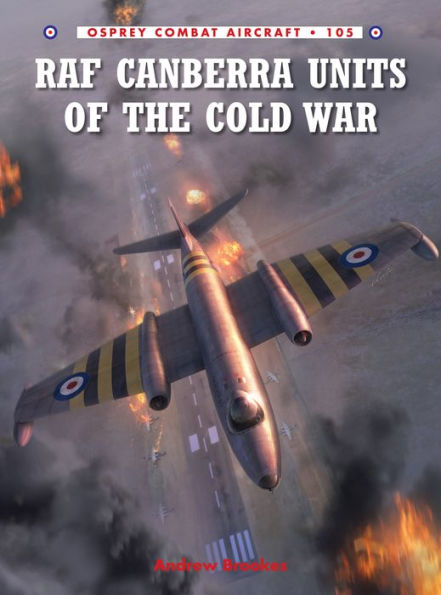5
1

RAF Canberra Units of the Cold War
96
RAF Canberra Units of the Cold War
96
15.49
In Stock

Product Details
| ISBN-13: | 9781782004134 |
|---|---|
| Publisher: | Bloomsbury Publishing |
| Publication date: | 06/20/2014 |
| Series: | Combat Aircraft , #105 |
| Sold by: | Barnes & Noble |
| Format: | eBook |
| Pages: | 96 |
| File size: | 7 MB |
About the Author
From the B&N Reads Blog
